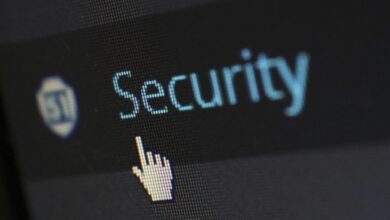Cross-Check Caller Source On 3880591728, 3801325161, 3663444200, 3896579949, 3338080982, 3249983774

The increasing prevalence of unknown numbers such as 3880591728, 3801325161, and others raises concerns about potential scams and telemarketing efforts. Identifying these callers requires a systematic approach, leveraging caller ID tools and databases. It is essential to understand common tactics employed by scammers. Analyzing these numbers could reveal patterns that enhance phone safety. However, one must consider the implications of ignoring suspicious calls. What measures can be taken to ensure personal information remains secure?
Understanding the Caller ID System
Although many individuals rely on caller ID to identify incoming calls, the underlying mechanics of the system are often overlooked.
Caller ID technology transmits a caller’s number and, in some cases, their name, utilizing signaling protocols.
However, privacy regulations govern the extent of this information’s accessibility, raising questions about user consent and data protection.
This highlights the balance between convenience and individual privacy rights in telecommunications.
Tools for Identifying Unknown Numbers
Numerous tools exist to assist individuals in identifying unknown numbers, each offering unique features and functionalities.
These tools often employ call tracing and number validation methods to ascertain the identity of callers. By leveraging databases and user-generated reports, they provide insights into potential spam or legitimate contacts, empowering users with the information necessary to make informed decisions regarding unknown communications.
Common Scams and Telemarketing Tactics
As consumers navigate an increasingly complex landscape of phone communications, understanding common scams and telemarketing tactics becomes essential for personal security.
Many scammers employ deceptive practices, such as spoofing legitimate numbers or using high-pressure sales techniques.
Scam awareness is crucial, as recognizing these tactics can empower individuals to protect themselves from fraudulent schemes and intrusive telemarketing calls that compromise their autonomy.
Best Practices for Phone Safety and Privacy
The rising prevalence of scams and telemarketing tactics underscores the importance of implementing best practices for phone safety and privacy.
Individuals should prioritize call screening to filter unwanted communications, thereby enhancing phone privacy.
Utilizing features like blocking unknown numbers and reporting suspicious calls can further safeguard personal information.
Awareness and proactive measures are essential in maintaining autonomy and security in communication practices.
Conclusion
In the realm of communication, the contrast between genuine outreach and deceptive tactics is stark. While legitimate callers may seek to connect, scammers exploit anonymity for malicious intent. By employing caller ID tools and user reports, individuals can discern the truth behind unknown numbers, transforming fear into informed vigilance. Ultimately, the proactive verification of callers not only safeguards personal information but also fosters a community of awareness, turning potential threats into opportunities for collective security.





